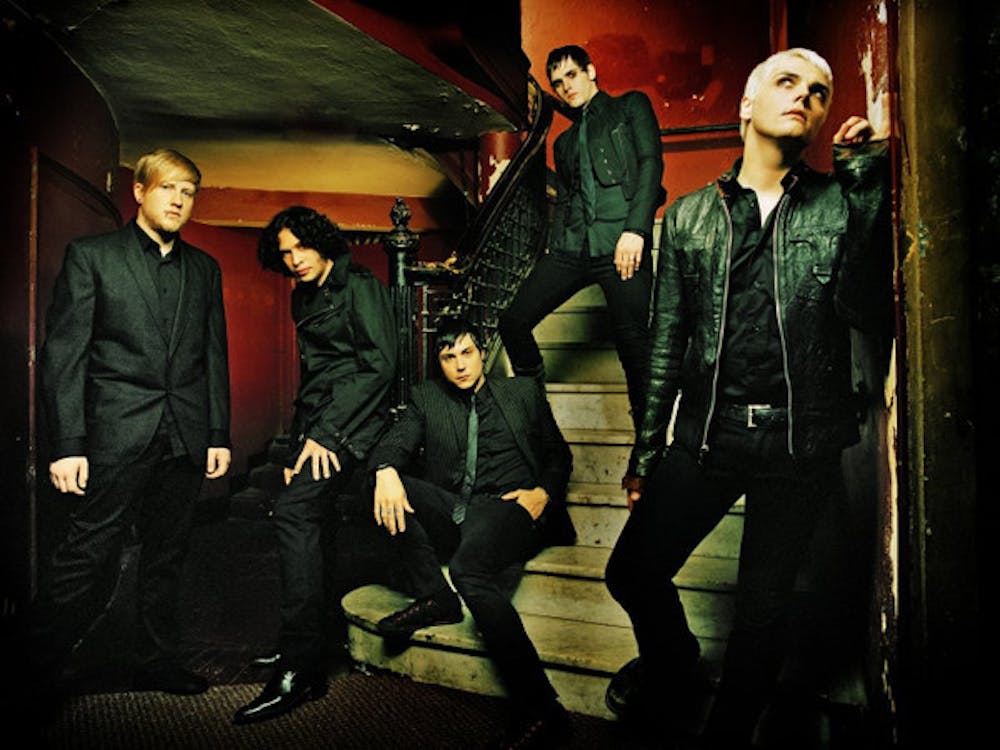Emo music is one of the most misunderstood genres out there. When people think of emo, they generally picture a 16-year-old in an MCR hoodie who is rebelling against societal expectations through their teenage angst. That is part of the story. However, it glosses over some of the most important details and musical influences in the genre’s history. While this retelling of emo’s story necessarily glosses over some things and leaves out important groups (I’m sorry!), it shows the development of emo music from its hardcore origins to the near genre-less existence where it currently sits.
The First Wave: Emocore
Emo music began in the hardcore punk scene of Washington D.C. in 1984 when Guy Picciotto, Eddie Janey, Mark Fellows, and Brendan Canty came together to form the band Rites of Spring. They were going to make hardcore music; however, they were going to combine it with a more melody-tinged songwriting focus that complemented a moodier, rage-filled lyrical style. The result was an eponymous debut, released in 1985, that created a new genre, emocore. The style quickly took off within the D.C. scene. Hardcore fans were already outcasts on the fringes of society, and emo gave them lyrics to match their feelings of alienation and rage. Bands such as Embrace and Dag Nasty also made their emocore records that gained fans, and the genre was growing in popularity in the original area and in the Midwest, where the next wave of emo would begin.
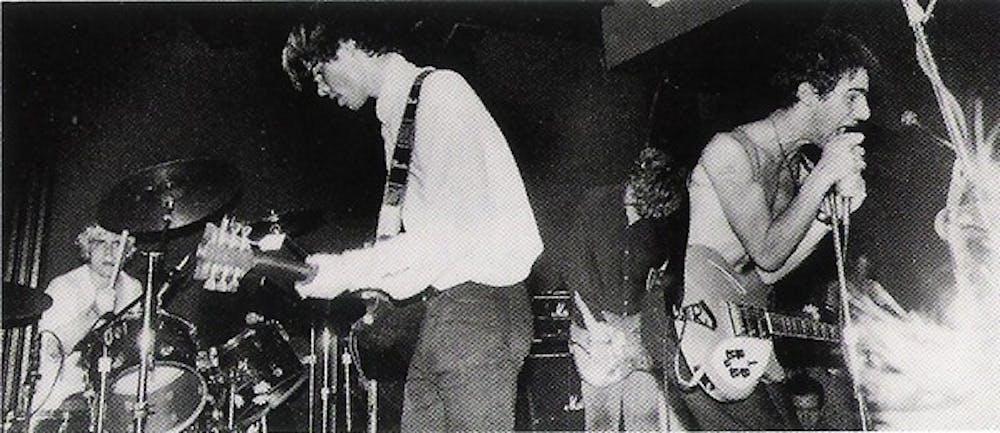
Recommended Tracks: “For Want Of” by Rites of Spring, “Give Me Back” by Embrace, "Circles" by Dag Nasty
The Second Wave: Midwest Emo
Where emocore was emo’s answer to hardcore, Midwest emo was the answer to post-hardcore. The genre looked at the aggression of emocore and argued that the constant anger was getting in the way of the angst it was trying to achieve. It wasn’t against aggression but instead wanted to use it strategically and with even more dissonance. As a result, Midwest emo added much more dynamics, tempos, and melody to the songwriting. The results can be seen on two of the genre’s classic early albums: “Diary” by Sunny Day Real Estate and Shmap’n Schmazz by Cap’n Jazz, where twinkling, arpeggiated guitars, whiny and nasally vocals, and soft-loud dynamics increased emotional intensity and created a nostalgic feel for long lost relationships and childhoods.
These two modes of raging discord and contemplative and soft melodies would be pushed to their limits within the genre as well. The softer aesthetics would be taken toward its conclusion in the genre’s most iconic record, American Football’s self-titled debut. The angrier aesthetics would result in the emergence of screamo music, where bands like Orchid and Saetia would lean into the aggression to the point where they were screaming almost unintelligibly throughout tracks. By the end of the 90s, emo looked nothing like it began the decade, and the public was beginning to take notice.
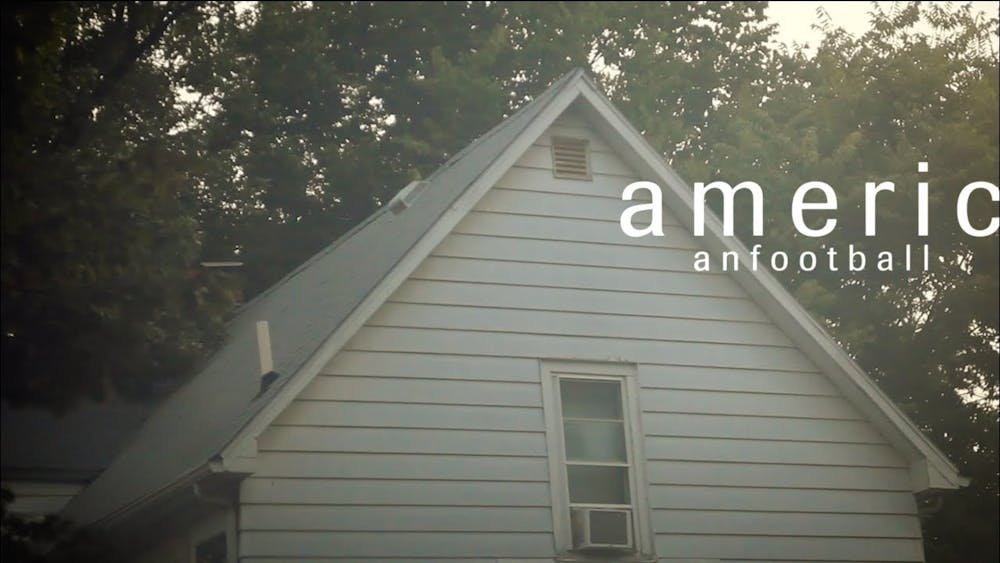
Recommended Tracks: "Seven" by Sunny Day Real Estate, "Never Meant" by American Football, "Oh Messy Life" by Cap’n Jazz
The Third Wave: Emo Gets Popular
It turns out that emo groups had begun to strike away from their hardcore roots, and instead write tracks with even punchier melodies, hookier hooks, and much cleaner production. They were taking their cues from the beginnings of pop-punk in the early 90s, where bands like Green Day and Blink-182 had cleaned up punk sounds for a radio-ready audience. The result was that emo bands had begun to grow popular. Groups like Brand New, Jimmy Eat World, and The Get Up Kids started writing tracks that could be sung along too while still not completely ditching emo’s trademark abrasiveness and angst. In return, Pop-Punk began to borrow both emo aesthetics and sound. Groups started dressing in all black and wearing more leather than ever. Warped tour popped off with artists such as Taking Back Sunday and My Chemical Romance, where it was unclear which one of the genres they even were. The idea of being emo and being into pop punk became the same within common nomenclature. While parts of the genre were still pushing boundaries, the core had been assimilated into popular culture to an almost unrecognizable point. It was on a quick path to obscurity if nothing was to be done.
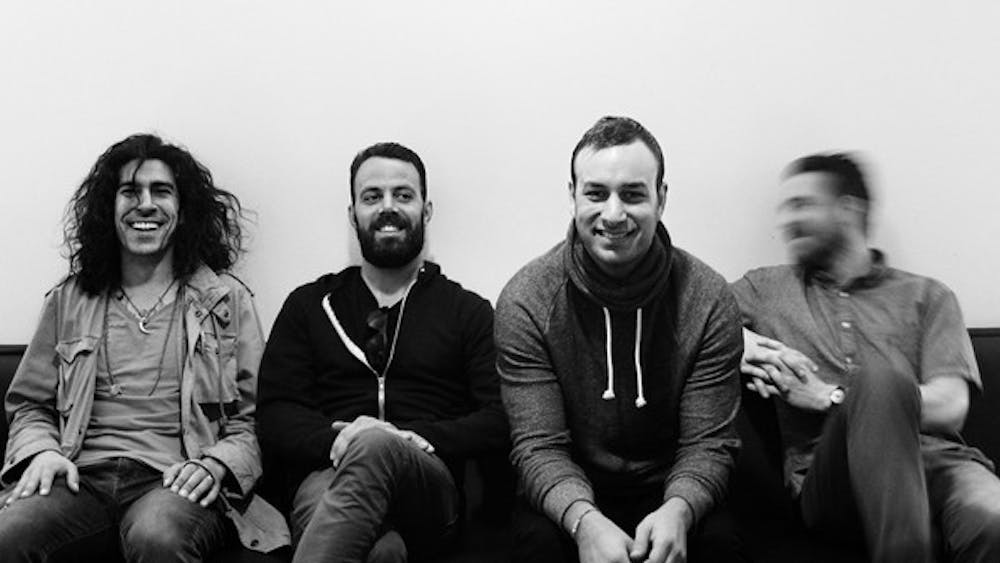
Recommended Tracks: "Holiday" by The Get Up Kids, "Helena" by My Chemical Romance, "The Quiet Things That No One Ever Knows" by Brand New
The Fourth Wave: Emo’s Revival
Perhaps phrasing the early 2010’s emo revival as a “revival” is a bit inaccurate. Like all pieces of cultural history, there are no clean and tight stories to be told, and there were emo acts in the underground carrying emo’s torch all throughout the 2000s. However, emo, like rock music on the whole, was in a weird spot in 2010. The genre had reached its sound for the widest appeal possible, but the lens of popular culture no longer cared. Bands saw this and decided to get back to the basics of what made emo special without losing their newfound ear for hooks and vocal melodies. Modern Baseball and The Hotelier kept songs tight, catchy, and scuzzy, while Touché Amoré and La Dispute allowed for emo’s post-hardcore influences to come back into the fold. The genre’s sound was becoming more visceral as the audiences were growing smaller. The third wave was not forgotten, though, as vocals were kept high in the mix to both accentuate the rawness of the performance and keep things poppy. Emo was also not left to just rock music anymore. Trap had noticed the chart dominance of the third wave and began incorporating its sound into their music as well, with artists such as Juice WRLD and Lil Peep took particular interest and made some of the most essential emo records of the decade.

Recommended Tracks: "King Park" by La Dispute, "Apartment" by Modern Baseball, "XO Tour Llif3" by Lil Uzi Vert
The Fifth Wave And Into The Future
The fifth wave has only just begun, and therefore it is not too clear what way the genre will go next. Right now, it looks like this will be the most “internet” that emo has ever been. Niche music subgenres like shoegaze, post-rock and black metal are being mixed in to create whole new sounds for emo to play with. Musicians are now coming from all over the world, having been inspired by emo that they hear over streaming on Spotify and YouTube. Artists like Parannoul, Asian Glow, and Weatherday have found success making emo music directly at home and uploading it directly to the internet. The sound is maybe the most lo-fi it’s ever been, but it is also drawing from almost every genre there is to create some of the most exciting sounds out there at the moment. In the mainstream, the poppier side of third-wave emo is also seeing a resurgence as millennials, and gen z begin to grow nostalgic about their youths. Olivia Rodrigo and Machine Gun Kelly have brought some of pop-punk sound back onto the charts, and bands such as Paramore and Blink-182 are back to sell out stadium crowds on tour. While the genre’s future sound seems to be at its most uncertain point yet, I could not be more invested in what will happen.
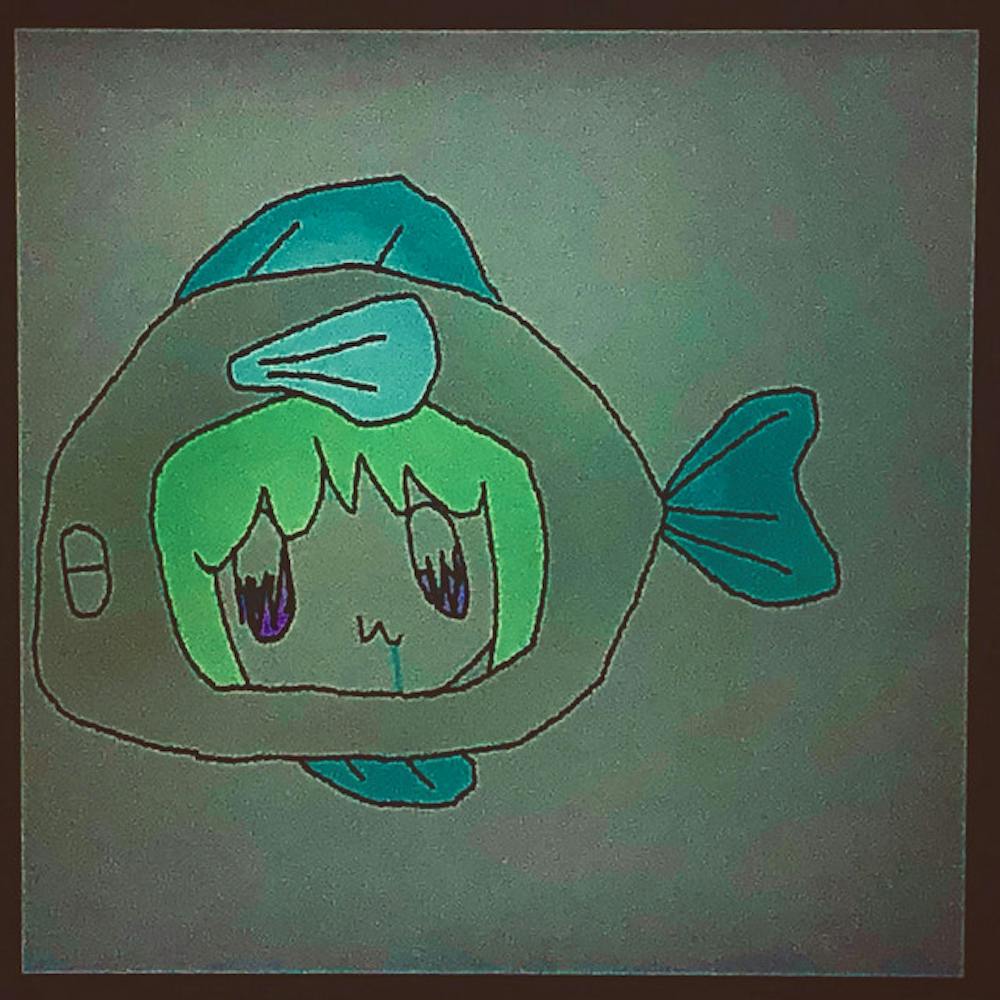
Recommended Tracks: "White Ceiling" by Parannoul, "good 4 u" by Olivia Rodrigo, "Come In" by Weatherday




